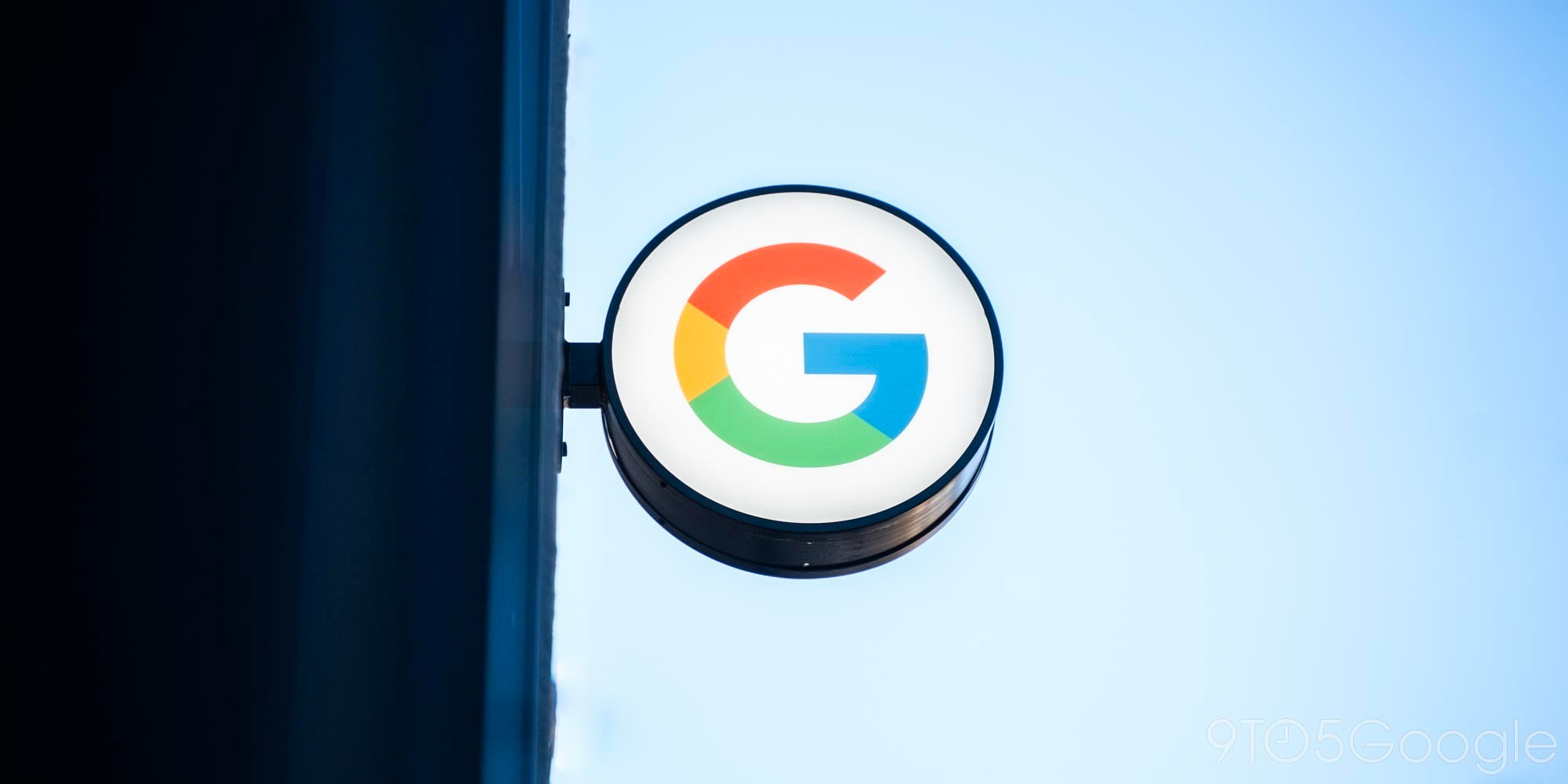

As it often happens with new technologies — especially the ones that aim to replace fundamental, widely used parts of our digital devices — the early implementations are often challenged by a series of missteps and various other problems.
The latest concrete example of this is the promising-yet-troubled USB-C, which led to a few controversies as of late. However, it seems, with its latest G5 flagship, LG may be one of the few manufacturers that got it right (via gtrusted)…
While Type C theoretically allows for things such as charging, data transfer and video output all in one — thus potentially fulfilling the dream of a one-to-rule-them-all cable, all while being conveniently reversible — the standards it requires are somewhat strict.
Benson Leung, the now-famous Google engineer who essentially surveyed a bunch of supposed USB-C cables and found that many were non only not compliant but outright dangerous — such as the OnePlus 2‘s — had to happily backtrack with LG’s implementation.
To keep the USB-C standard as open and universal as possible, the USB Power Delivery spec states that, for instance, proprietary charging technologies such as Qualcomm‘s Quick Charge are forbidden. Because of that, Leung initially had concerns with LG, whose latest flagships supports the chip manufacturer’s charging option.
However, as gtrusted‘s series of mini investigations proved, the G5 manages to support both the standard Power Delivery fast-charging option as well as Qualcomm’s own. “This is an extremely pleasant surprise for me,” Leung wrote in its post.
As it turns out, USB-C may in fact be even more capable than we initially thought. Leung mentioned that Alternate Modes’ support for things like VESA DisplayPort may work out of the box with the G5, which could also use a generic Chromebook‘s USB-C cable without too much trouble thanks to Power Delivery 2.0.
“Another possibility is that charge-through hubs that would not work well with last years’ Nexus phones (hubs that charge the phone, but allow the phone to expose USB-A ports) would work with the G5 as well,” he said.
Sure, more testing needs to be done, and all of the above needs to be taken with the proverbial grain of salt, but it still opens up for bigger possibilities not just for the G5, but for a standard that is only going to become more and more ubiquitous as time passes.
FTC: We use income earning auto affiliate links. More.



Comments